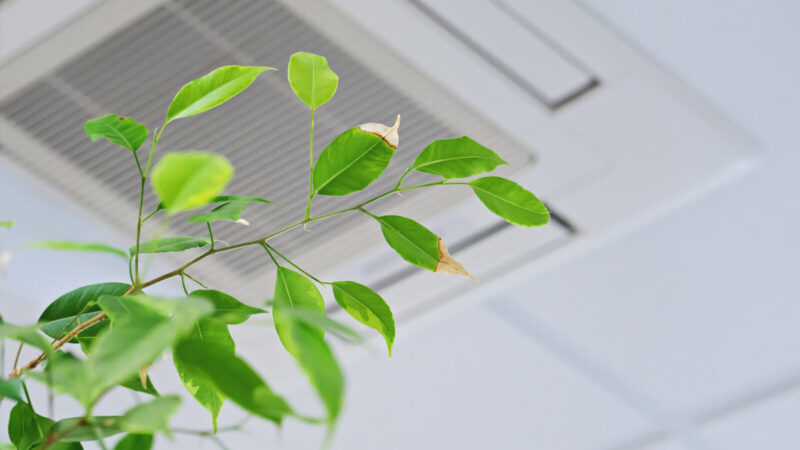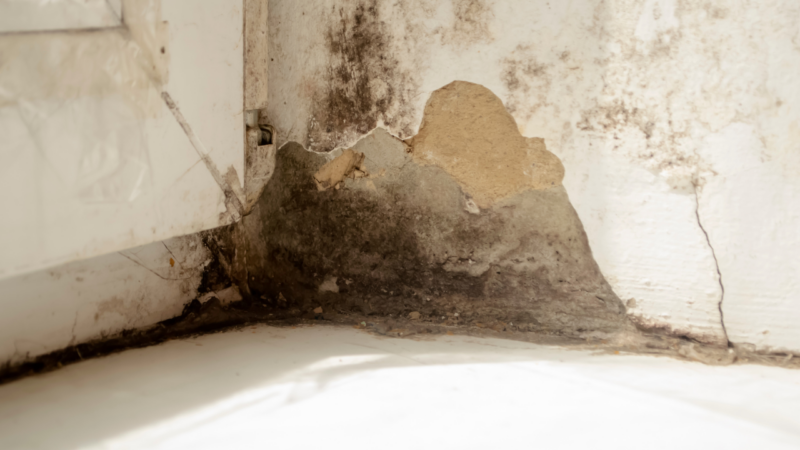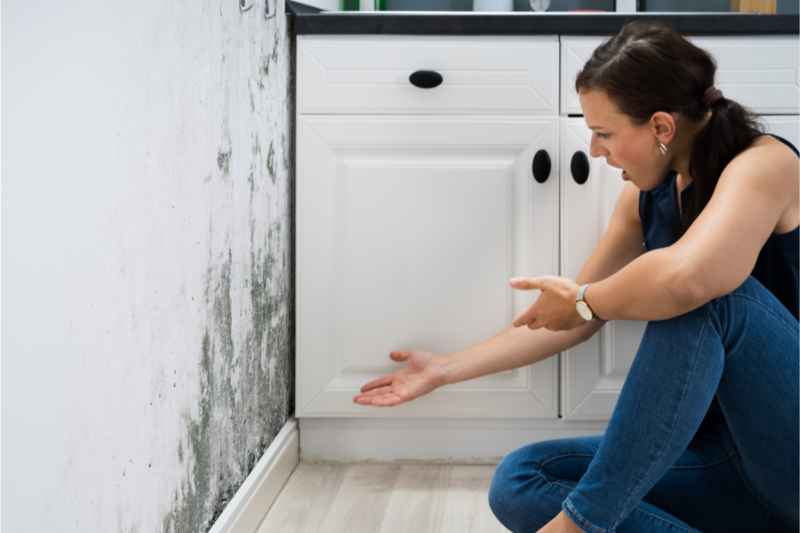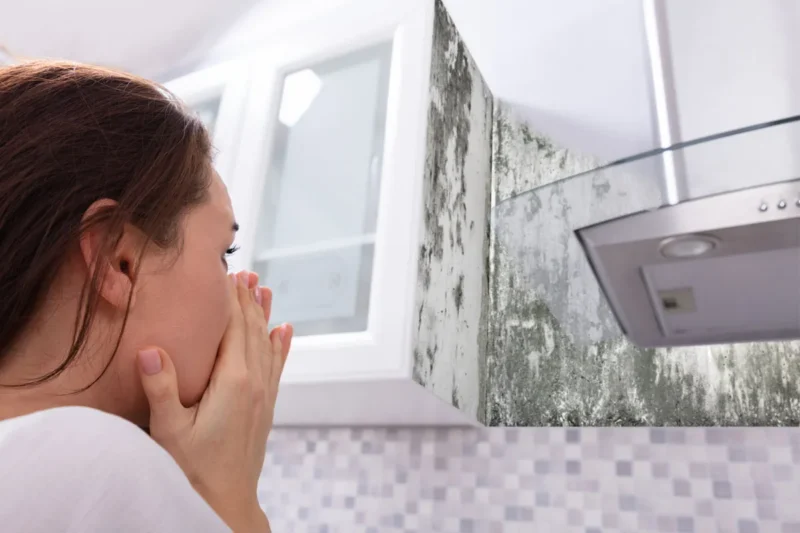Mold is a common household problem that can have significant effects on indoor air quality. From musty odors to potential health hazards, mold growth can cause a variety of issues in the home. Understanding how mold affects indoor air quality is crucial to creating a safe and healthy living environment for you and your family.
In this article, we will explore the impact of mold on indoor air quality, the signs of mold growth to watch out for, and how to effectively address and prevent mold growth in your home. Stay tuned to learn more about this important topic.
Introduction to Mold and Indoor Air Quality

Indoor air quality is a major concern for homeowners and businesses, with mold being a common culprit that can impact the health and well-being of occupants. Mold can thrive in damp or humid environments, such as basements, bathrooms, and kitchens, and can release spores into the air that can be inhaled.
This can lead to a variety of health issues, including respiratory problems, allergies, and asthma. In order to maintain a healthy indoor environment, it is important to be aware of the signs of mold growth, such as musty odors, visible mold growth, and water damage. Taking steps to prevent mold growth, such as fixing leaks and controlling humidity levels, can help improve indoor air quality and protect the health of those who live and work in the space.
Health Risks Associated with Mold Exposure

Exposure to mold can pose serious health risks, especially when it comes to indoor air quality. Mold spores can trigger respiratory issues such as allergies, asthma, and respiratory infections in individuals who are sensitive to it.
Prolonged exposure to mold can also lead to more severe health problems, including lung inflammation, fungal infections, and even organ damage. It is crucial to address mold growth promptly in indoor spaces to prevent these health risks and ensure a safe living environment for all occupants. Regular inspections, proper ventilation, and prompt remediation are key to maintaining good indoor air quality and minimizing the impact of mold on our health.
Common Sources of Mold in Indoor Environments

Common sources of mold in indoor environments include high humidity levels, water leaks, poor ventilation, and damp conditions. Mold thrives in moist environments, making spaces such as bathrooms, kitchens, and basements especially susceptible to mold growth.
Leaking pipes, roofs, or windows can also create the perfect breeding ground for mold. Additionally, places with inadequate ventilation, like closets or crawl spaces, can trap moisture and promote mold growth. Regularly inspecting and addressing these common sources of mold can help prevent its detrimental effects on indoor air quality.
Conclusion
In conclusion, understanding how mold affects indoor air quality is crucial for maintaining a healthy living environment. Mold can thrive in damp and dark spaces, causing respiratory issues and exacerbating allergies in occupants. Regular inspection and monitoring for mold growth, as well as proper ventilation and moisture control, are key to preventing mold-related issues in homes and buildings.
To ensure your indoor air quality is not compromised by mold, consider contacting professionals such as Mold Test Tampa for accurate testing and detection. By taking proactive measures to address mold issues, you can create a safer and more comfortable indoor environment for yourself and your loved ones.


